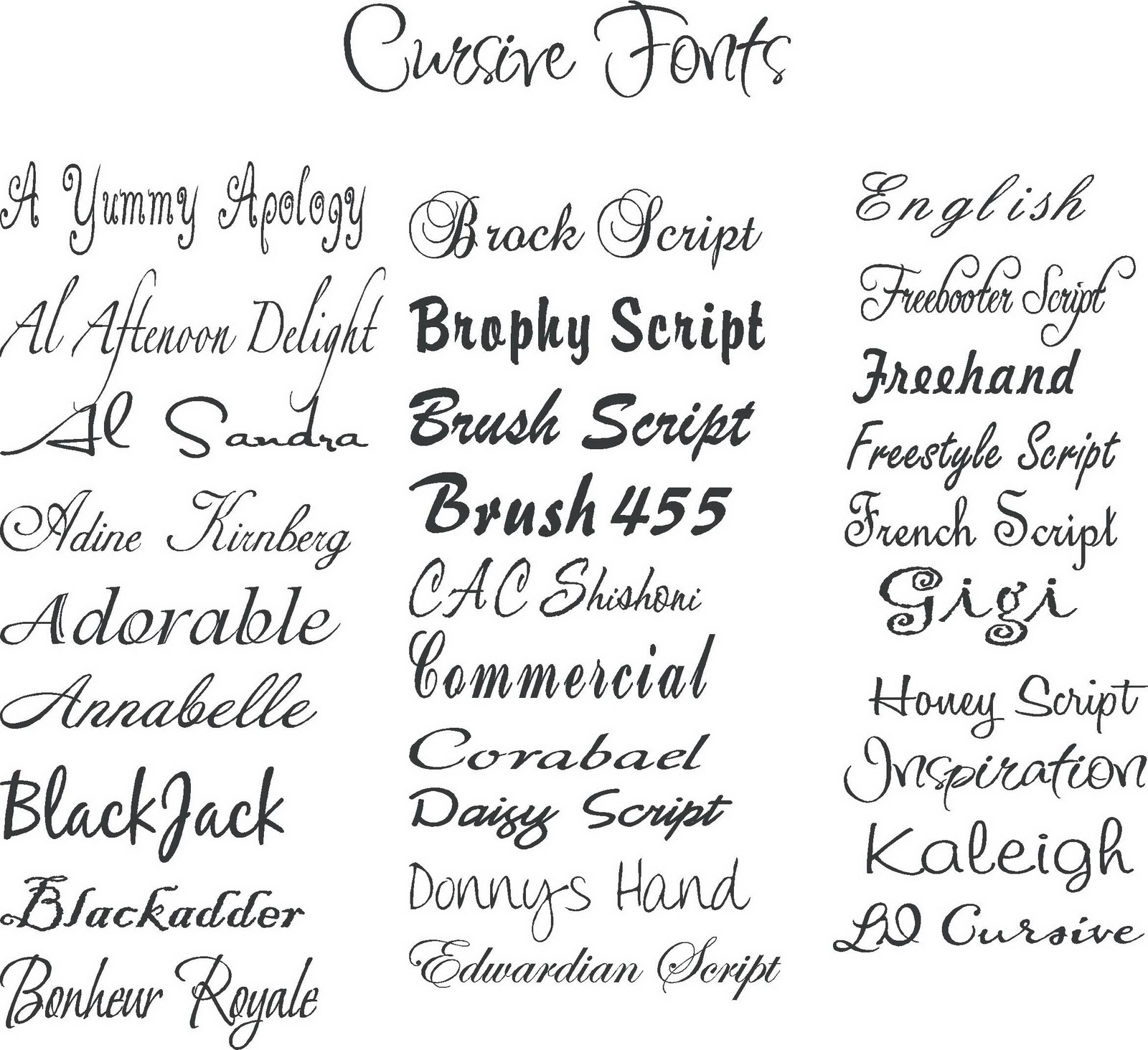Demystifying TrueType Fonts: A Comprehensive Guide
Ever wonder about the magic behind the words you read on your screen? It's more than just letters strung together; it's the art and technology of fonts. And one of the most common and reliable font formats out there is TrueType. Let's explore the fascinating world of these digital typefaces.
TrueType fonts, often seen as .ttf files, have been a cornerstone of digital typography for decades. They are essentially sets of instructions that tell your computer how to draw each character, ensuring consistent appearance across different platforms and applications. This universality has made TrueType fonts incredibly popular for both personal and professional use.
From website design to document creation, TrueType font files play a vital role in how we communicate visually. Understanding their history, benefits, and potential challenges can empower you to make informed decisions about typography in your own projects. So, whether you're a seasoned designer or simply curious about the fonts you use every day, this guide will shed light on the essential aspects of TrueType technology.
The development of TrueType fonts was a significant step forward in digital typography. Prior to their arrival, font rendering was often inconsistent, leading to visual discrepancies across different systems. TrueType, developed by Apple and Microsoft in the late 1980s, offered a more reliable and scalable solution. This meant that the same font could be displayed accurately on both Macs and PCs, revolutionizing cross-platform compatibility.
TrueType's outline font technology uses mathematical equations to describe the shape of each character. This approach allows for smooth scaling without pixelation, ensuring crisp and clear text at any size. This scalability is a key advantage, making TrueType fonts suitable for everything from small screen displays to large-format printing.
The history of TrueType fonts is intertwined with the evolution of personal computing. As computers became more prevalent, the need for consistent and high-quality fonts became increasingly important. TrueType’s emergence addressed this need, providing a robust and versatile font format that remains relevant today.
A key benefit of using TrueType fonts is their widespread support. Most operating systems and applications come pre-installed with a collection of TrueType fonts, ensuring that your chosen typeface will display correctly for most viewers. Additionally, TrueType fonts are relatively small in file size, making them easy to share and embed in documents or websites.
Another advantage of TrueType is its hinting capabilities. Hinting refers to subtle adjustments made to the font outlines to improve their appearance on low-resolution displays. This ensures that even at smaller sizes, the text remains legible and clear.
While generally reliable, TrueType fonts can sometimes present challenges. One issue is font substitution, where the system may substitute a different font if the intended one is not available. This can lead to unexpected formatting issues. Another challenge can be managing large font collections, which can consume significant disk space and potentially slow down system performance.
Advantages and Disadvantages of TrueType Fonts
| Advantages | Disadvantages |
|---|---|
| Wide platform compatibility | Limited typographic features compared to OpenType |
| Scalability without pixelation | Potential font substitution issues |
| Small file size | Can consume significant disk space with large collections |
Best Practices:
1. Organize your fonts: Use font management software to keep track of your TrueType font files and avoid duplicates. 2. Optimize for web use: Consider using web font services or converting TrueType fonts to web-optimized formats like WOFF for improved website performance. 3. Subset fonts: For embedded documents or web use, create subsets containing only the necessary characters to reduce file size. 4. License compliance: Ensure that you have the appropriate licenses for any TrueType fonts you use, especially in commercial projects. 5. Regularly update: Check for updates to your font management software and TrueType fonts to address potential bugs or security vulnerabilities.
FAQ:
1. What is a TrueType font file? - A TrueType font file is a digital file that contains the instructions for displaying a specific typeface.
2. How do I install TrueType fonts? - Installation typically involves dragging the .ttf file into the designated font folder on your operating system.
3. Are TrueType fonts free? - Some are free, while others require purchase. Always check the licensing terms.
4. What's the difference between TrueType and OpenType? - OpenType is a newer format that offers more advanced typographic features.
5. Can I use TrueType fonts on the web? - Yes, but converting to web-optimized formats is recommended.
6. How do I troubleshoot font substitution issues? - Ensure the intended font is installed correctly and check your application's font settings.
7. Can I convert TrueType fonts to other formats? - Yes, several online tools and software applications allow for font format conversion.
8. How do I choose the right TrueType font for my project? - Consider the project's purpose, target audience, and desired aesthetic.In conclusion, TrueType fonts have played a pivotal role in shaping the digital landscape. Their wide availability, scalability, and relative ease of use make them a valuable tool for designers, content creators, and anyone working with text. While newer font formats like OpenType have emerged, TrueType remains a reliable and essential part of the typographic world. By understanding its strengths, limitations, and best practices, you can harness the power of TrueType fonts to enhance your communication and creative projects. Choosing the right typeface can greatly impact the readability and overall aesthetic of your work. Take the time to explore different TrueType font options and find the ones that best suit your individual needs and creative vision. Embracing the world of fonts opens up a universe of possibilities for visual expression.
Rcs email the future of messaging or just another hype
The allure of the anime guy with white hair and red eyes
Purdys farmer and fish restaurant a delicious dive into sustainability














